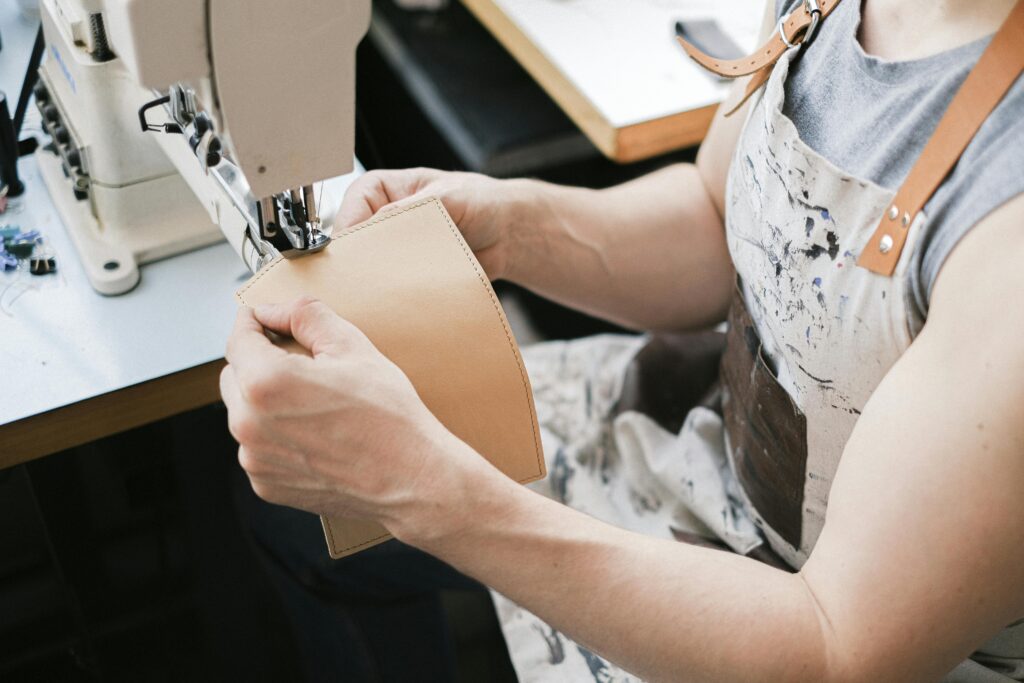Leather sourcing is a crucial aspect of the fashion industry, influencing the quality, sustainability, and design of products. The process of finding and selecting the right leather materials involves various steps that impact the final outcome of fashion pieces.
Understanding Leather Types
One of the first steps in leather sourcing is gaining a comprehensive understanding of the different types of leather available in the market. From genuine leather to synthetic alternatives, each type has its unique characteristics, strengths, and limitations.
Evaluating Suppliers
Choosing the right suppliers is essential for successful leather sourcing. Fashion brands and designers must conduct thorough research to identify reputable suppliers that offer high-quality leather materials.
Quality Assurance
Maintaining quality standards is paramount in leather sourcing to ensure that the materials meet the desired specifications for fashion products.
Sustainability Practices
In recent years, sustainability has become a key focus in leather sourcing due to environmental concerns and consumer demand for ethically produced fashion items.
Ethical Sourcing
Ethical considerations play a significant role in leather sourcing, particularly concerning animal welfare and labor practices.
Cost Analysis
Cost is a critical factor in leather sourcing, as it directly impacts the overall production expenses of fashion items.
Trend Forecasting
Keeping abreast of leather trends is essential for fashion professionals engaged in leather sourcing.
Collaboration with Designers
Effective collaboration between leather sourcing professionals and fashion designers is key to creating successful fashion collections.
Innovation in Leather Sourcing
Innovation plays a significant role in advancing leather sourcing practices and introducing new possibilities for fashion design.
Continuous Learning and Development
The field of leather sourcing is dynamic and ever-evolving, requiring fashion professionals to stay informed about industry trends, best practices, and emerging technologies.
Conclusion
Leather sourcing is a multifaceted process that combines creativity, technical expertise, sustainability principles, and ethical considerations to procure high-quality materials for fashion production.
Key Takeaways:
- Understanding leather types is crucial for informed decision-making in sourcing materials.
- Evaluating suppliers based on reputation, quality, sustainability, and pricing ensures reliable sourcing.
- Quality assurance processes like inspecting samples and testing durability uphold product excellence.
- Prioritizing sustainability practices and ethical sourcing contributes to a socially responsible industry.
- Cost analysis helps optimize sourcing strategies and maximize profitability.
- Trend forecasting and collaboration with designers drive innovation in leather sourcing.
- Continuous learning and development are essential for career growth and advancement in the fashion industry.
To enhance your skills and knowledge in leather sourcing and pursue a successful career in the fashion industry, consider exploring the FIT Footwear Business Foundations online course and certificate program offered by Yellowbrick. Embrace the opportunities for growth and advancement in the dynamic world of leather sourcing.








